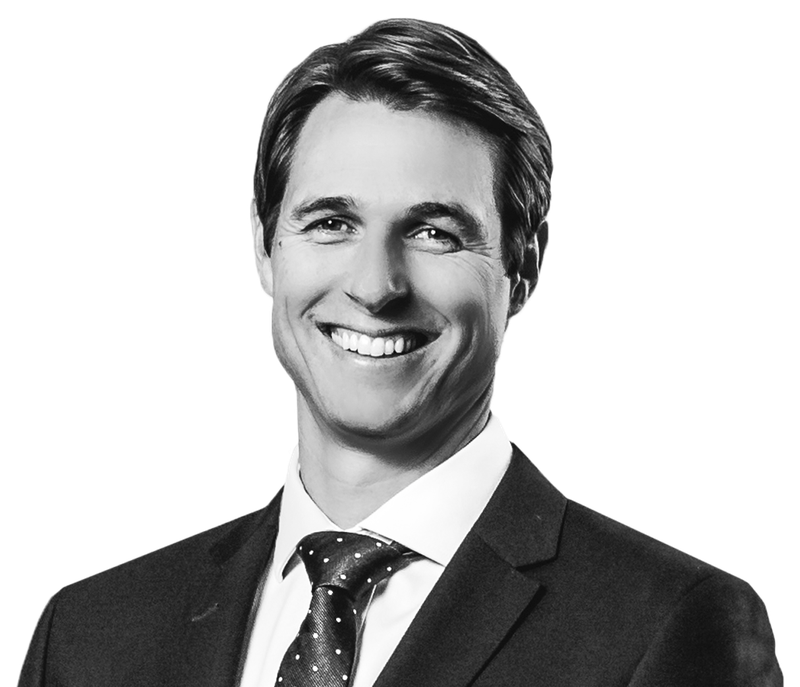So, one may ask, can a mining company do any better?
Gilbertson believes so. Gemfields produces much of the world’s emeralds, amethysts and rubies from mines in Zambia and Mozambique. Eventually the company hopes to emulate the success of De Beers, the diamond producer that mines, refines and retails its product. De Beers stores are now an established high-end brand around the world, and with Fabergé, Gilbertson hopes to do the same.
‘The idea is to recreate for coloured gemstones what De Beers did for diamonds. De Beers essentially created the diamond market from the ground up, artificially controlling demand, and backed a superbly successful advertising campaign with slogans such as “a diamond is forever”.’
This, then, is the strategy behind acquiring the Fabergé name.
Gemfields already has four stand-alone Fabergé stores and about a dozen outlets around the world. Fabergé creations of luxury jewellery, watches and accessories are available at high street stores in London, New York and Paris.
You’ll need deep pockets though, if you see this as a way of investing in art and luxury collectibles, with a Fabergé Visionnaire gold timepiece setting you back R750 000.
As for the iconic eggs that built its reputation, Fabergé still occasionally makes these. Recently, it set to work 20 craftsmen to create a custom pearl-inlaid egg for the royal family of Qatar. It consisted of 135 fine white pearls and 3 300 diamonds. And the price?
Fabergé isn’t saying but chances are, you can’t afford it…
